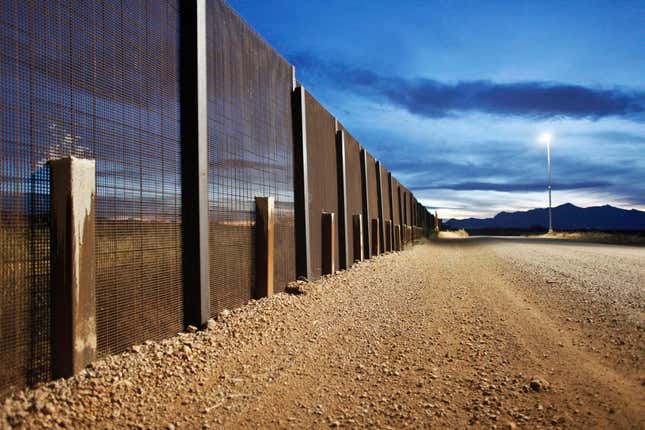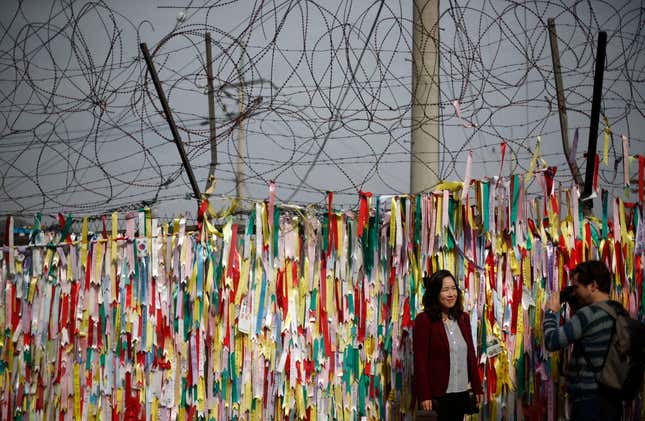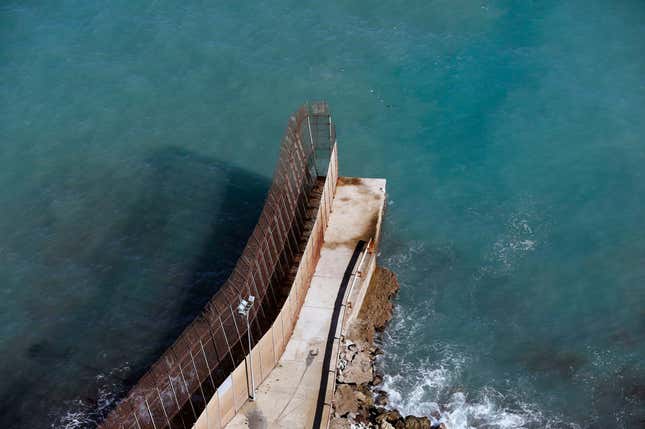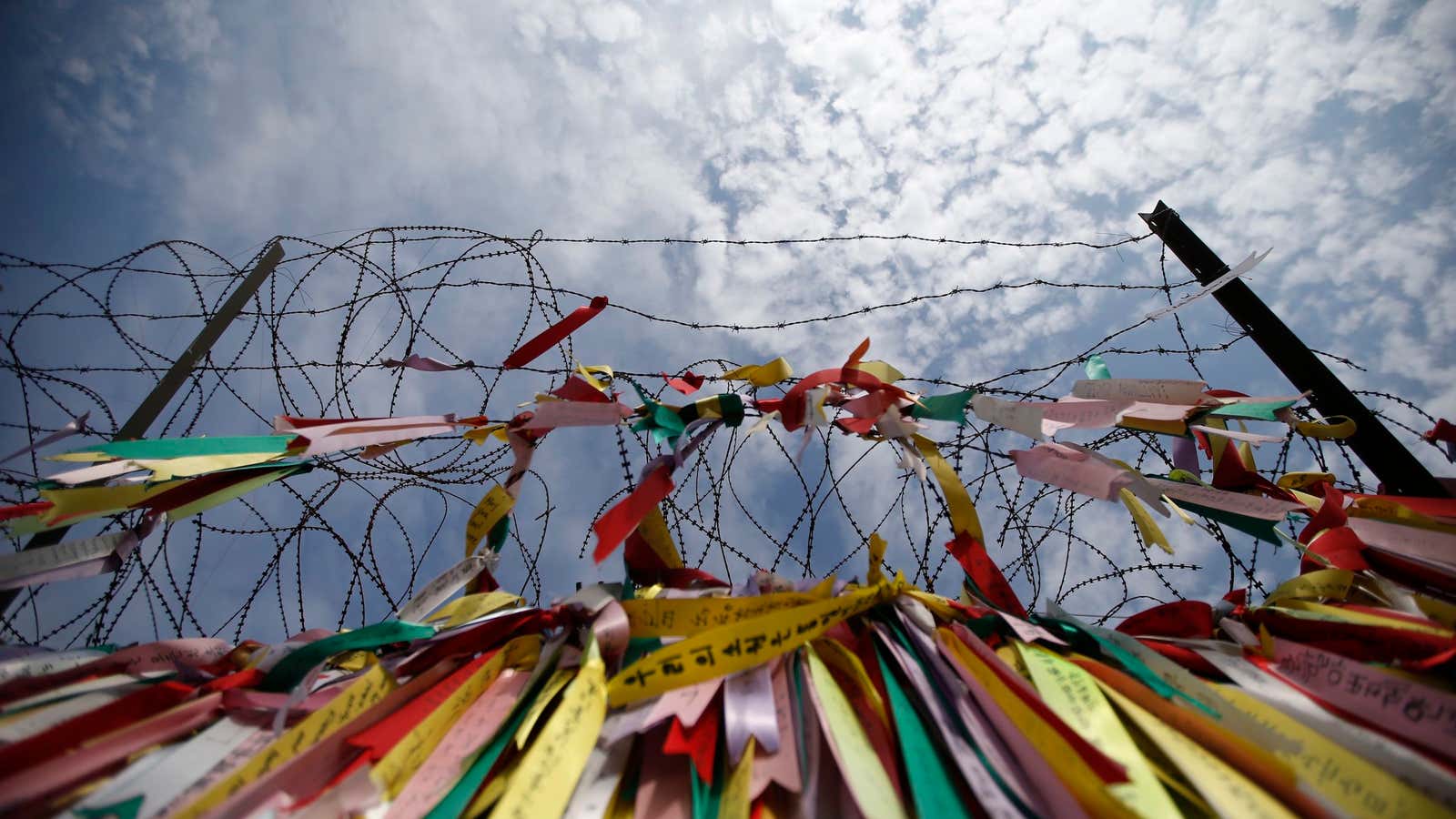The 25th anniversary of the fall of the Berlin Wall was on Sunday. The partition between West and East Germany lasted from 1961 to 1989. Much has changed since then. But there still quite a few walls that separate people across the world standing. Many of the locals marked the end of the wall that divided Europe by going to the barriers that affect their own lives.
Here are some of the Berlin Walls of today.
Israel’s security barrier

In 2002, Israel started work on a 670-km (420-mile) wall separating itself from the West Bank. It is mostly 5 meters of wire and mesh, but there are sections that are 8 meters tall and made of solid concrete, with watchtowers for snipers. The route of the wall does not follow the 1967 borders; it includes 6% to 8% of occupied Palestinian territory.
To mark the fall of the Berlin Wall and draw attention to their plight, some young people dug a hole through the barrier.
US-Mexico border

There are in fact three border fences used to separate the world’s richest country from its much poorer neighbor—built by Arizona, California, and Texas. Work on border fences started in 2006, and the US government has spent $3.4 billion on border fencing, with 640 of a planned 652 miles of fencing and vehicle barriers completed. Most strikingly, the Californian fence actually cuts across the beach and juts into the sea at Tijuana. There were also plans to put a series of towers with sensors across most of the 2,000-mile border, but the Obama administration ended funding for that in 2010.
Northern Ireland’s peace walls

These walls—also known as peace lines—keep Catholic and Protestant neighborhoods separate, and despite the 1997 Good Friday agreement that brought peace to Northern Ireland, they still stand. Following the Troubles, the first walls were built in 1969. Sadly, there are actually more of them now. There are currently 48 peace walls across Northern Ireland, mainly in Belfast and Londonderry, up from just 18 in the 1990s. They stretch in total for more than 21 miles. The Northern Ireland Executive is committed to the removal of all peace lines by 2023.
North Korea’s DMZ

The Koreas are still technically at war and the de facto border, ironically named the Demilitarized Zone, is the most heavily armed border in the world. It runs for 160 miles and is 2.5 miles wide. There is constant provocation and antagonism along the border: Just today, South Korean troops fired warning shots at their northern counterparts who approached the border.
Spanish-Moroccan fences

The fences separate Morocco and the towns of Melilla and Cueta, two small bits of Spain still in North Africa. Spain built two 4-meter-high steel walls that run for 7 kilometers in the 1990s to prevent illegal migrants from entering Spanish soil, and therefore the European Union. It’s not working: Hundreds regularly rush the border to try to get in. Recently, Morocco joined the efforts and is installing a wall topped with razor wire along its side of the border.
More profoundly, the fences are a rare physical illustration of the ongoing gulf between Europe and Africa, separated by poverty, war, and a sea that tens of thousands are trying to cross in search of a better life.
